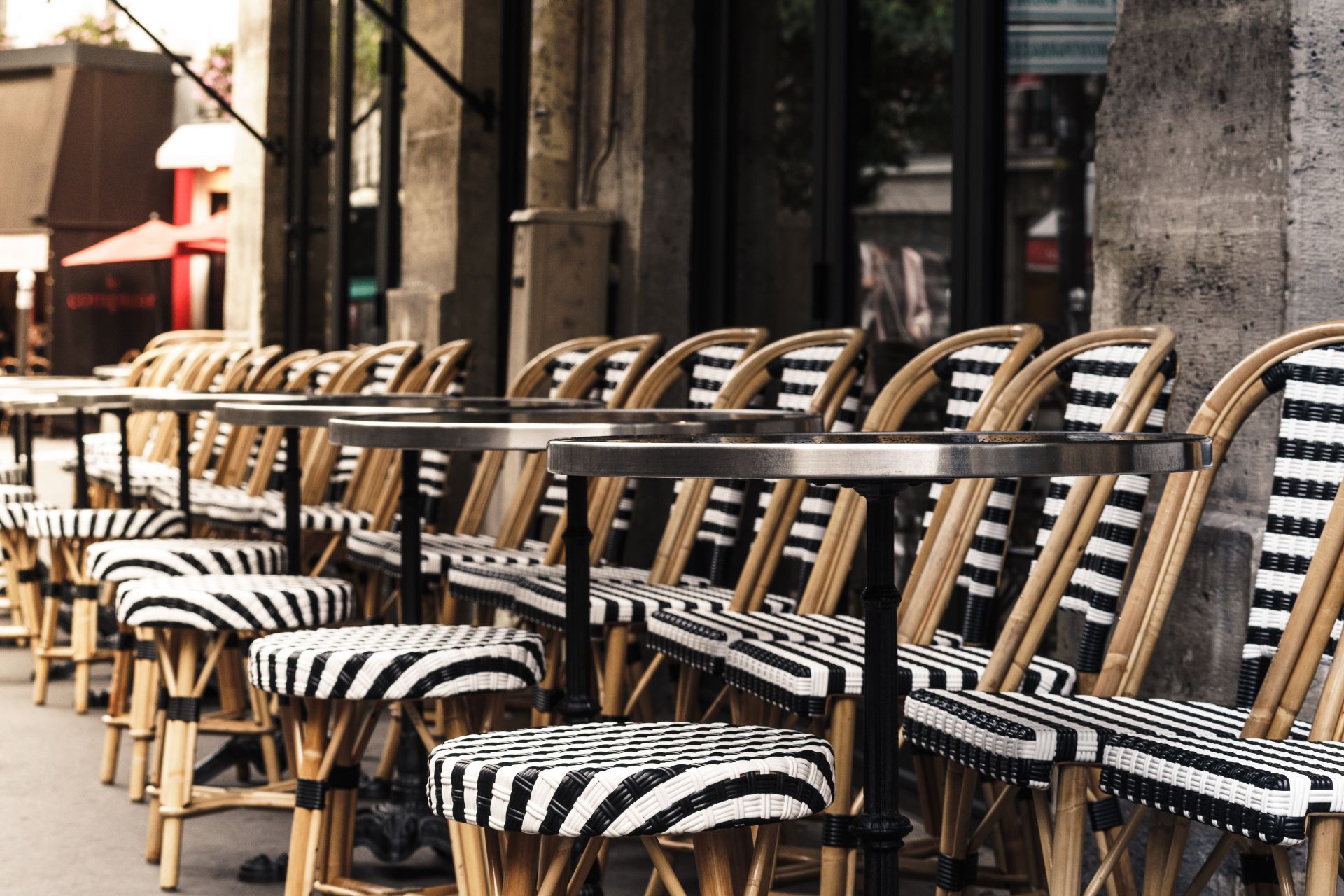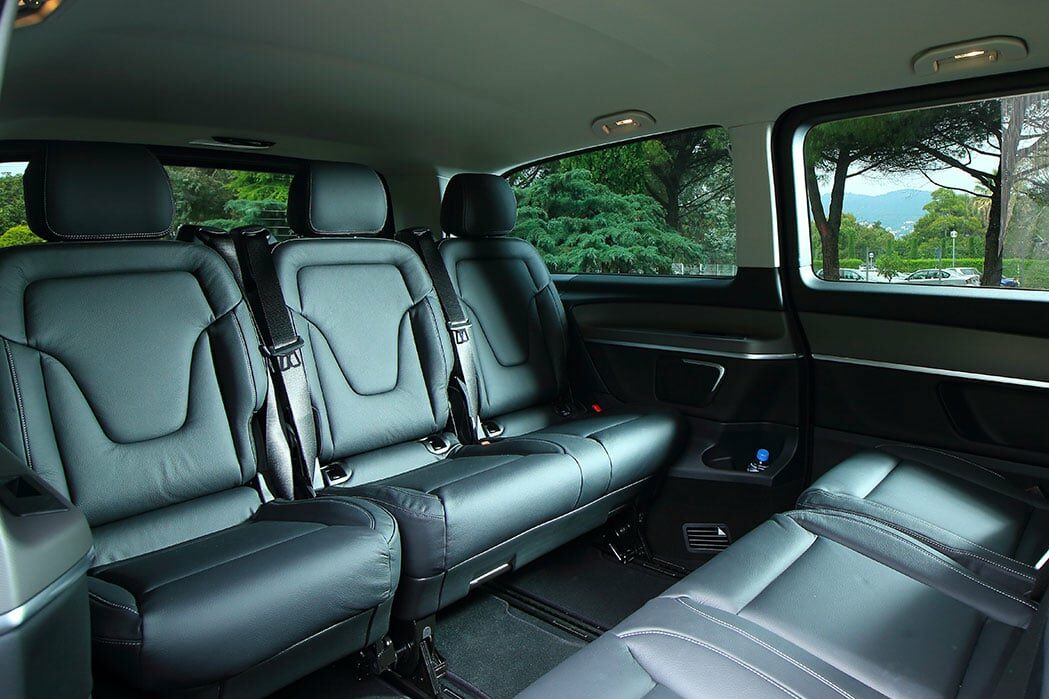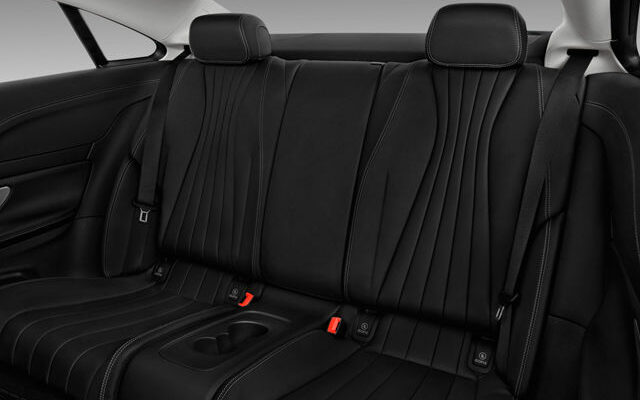Traveling by Plane Requires Careful Preparation
Traveling by plane requires careful preparation, especially when it comes to luggage. A good understanding of the regulations regarding carry-on luggage and checked baggage is essential to avoid inconvenience during boarding. This article details key aspects such as weight, dimensions, prohibited items, and airline-specific regulations.
Understanding the Difference Between Carry-On and Checked Baggage
Carry-On Suitcase
The carry-on suitcase is the one passengers can bring with them into the plane. It must comply with strict size and weight restrictions to ensure the safety and comfort of all travelers. In addition to a carry-on suitcase, a handbag, a compact stroller, or a bag containing electronic devices is often allowed on board.
Checked Baggage
Checked baggage is handled during check-in and transported in the airplane hold. These suitcases can be larger than carry-ons but must adhere to the baggage allowance set by each airline. Exceeding this allowance may result in additional baggage fees.
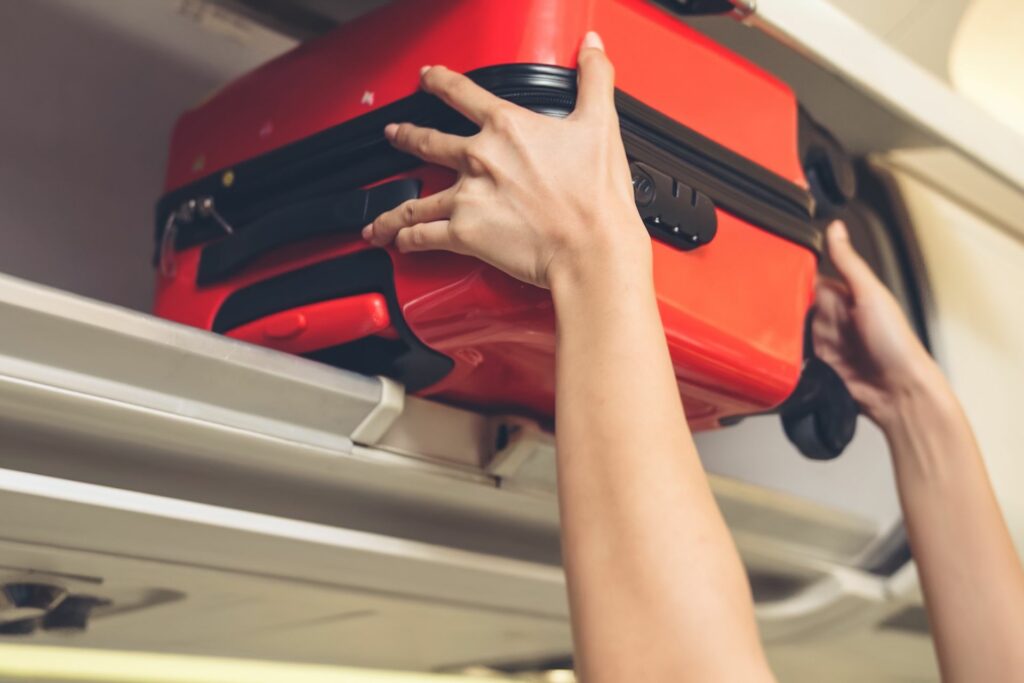
Authorized Weight and Dimensions for Carry-On Luggage
Standard Dimensions
The maximum dimensions of a carry-on suitcase are generally 55 x 35 x 25 cm, including pockets, wheels, and handles. However, each airline has its own rules. For example, Air France and Ryanair impose specific restrictions on special baggage and sports equipment.
Maximum Weight
The maximum weight of a carry-on bag varies depending on the travel class and the airline. In economy class, some airlines allow up to 12 kg for a carry-on bag, accompanied by one additional small bag, such as a transparent plastic bag for liquids.
Additional Authorized Accessories
In addition to a carry-on suitcase, passengers may bring a plastic bag, a stroller, or a bag containing portable devices like a laptop or a tablet. Some small musical instruments can also be transported in the cabin, while larger ones must be checked.
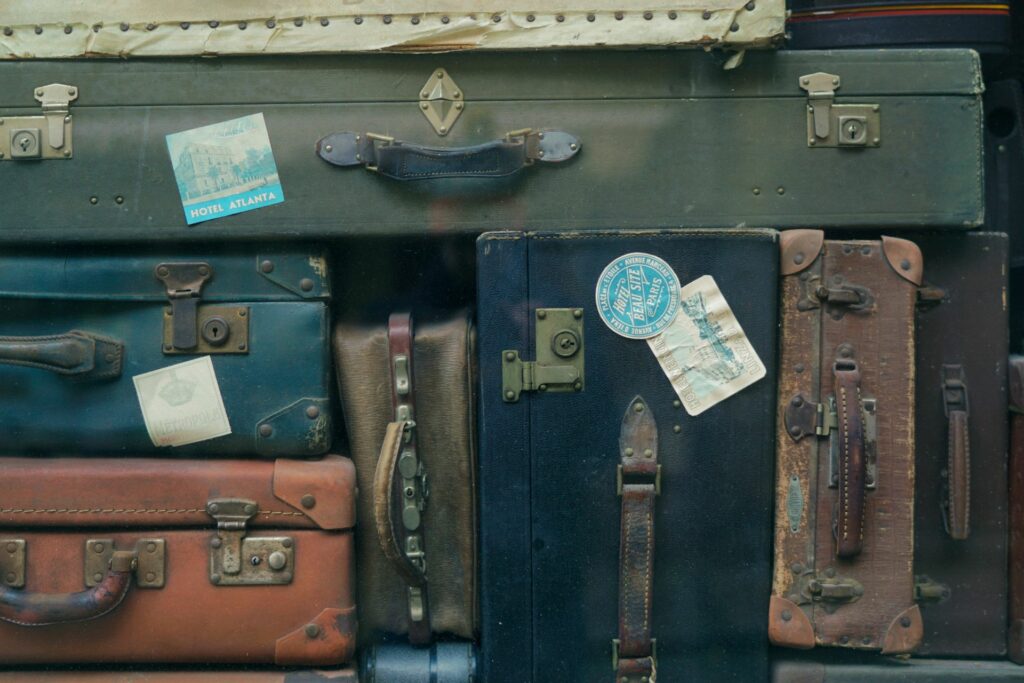
Authorized Weight and Dimensions for Checked Baggage
Maximum Dimensions
The maximum dimensions of checked baggage are typically limited to a total sum of 158 cm (length + width + height). However, for special baggage such as sports equipment or a musical instrument, specific rules apply.
Maximum Weight
The baggage allowance often includes a maximum weight of 23 kg in economy class and up to 32 kg in higher classes. Any excess baggage may result in extra charges, sometimes quite high. Some airlines, like Airways, offer special services for transporting oversized baggage.
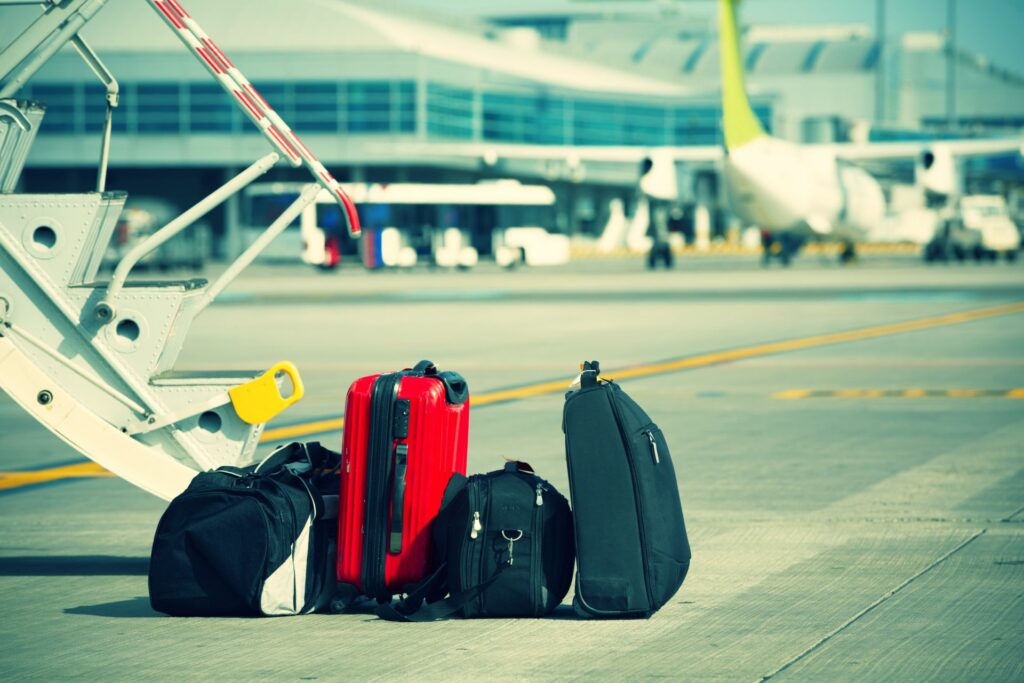
Prohibited Items and Specific Regulations
Prohibited Items in Carry-On Luggage
Some items are not allowed in the cabin, including:
- Flammable aerosols
- Large musical instruments
- High-capacity lithium-ion batteries
- Firearms and sharp objects
- Liquids exceeding 100 ml, unless placed in a transparent plastic bag
Spare lithium batteries must be packed and placed in carry-on luggage, never in checked baggage.
Dangerous Items in Checked Baggage
Certain items are considered fragile or dangerous and cannot be transported in the hold:
- Explosives and flammable aerosols
- Uninstalled lithium batteries
- High-capacity batteries
To avoid any issues, it is recommended to check airport and airline regulations before traveling.
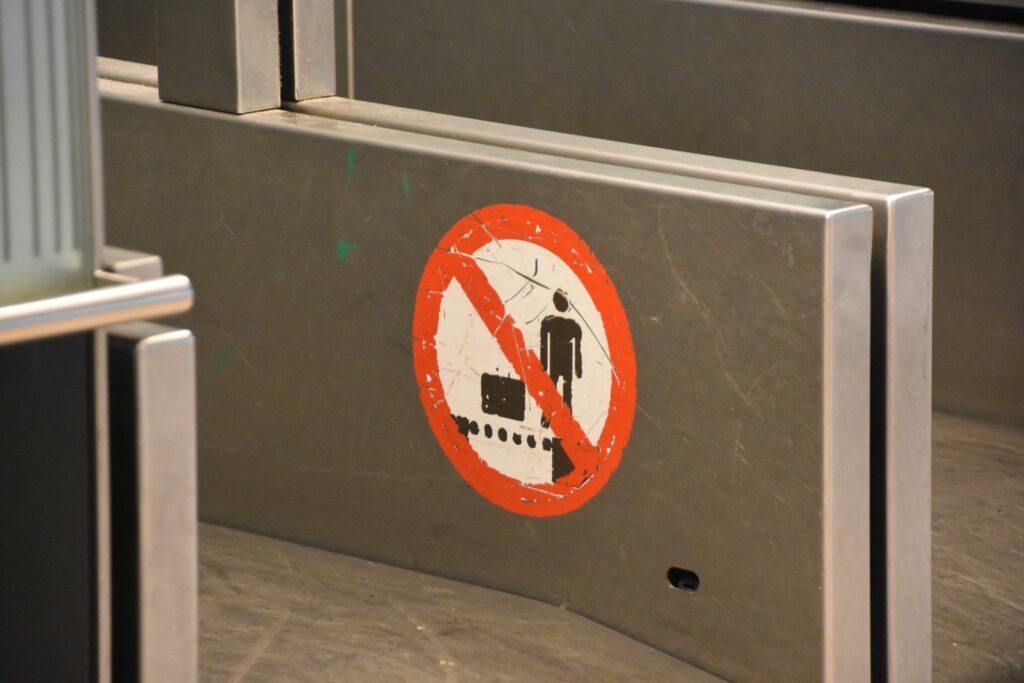
Variations by Airline
The rules regarding the number of bags and the baggage allowance vary by (french link) airline. For example, Air France and Ryanair enforce specific regulations on reservations and the transport of oversized baggage. Some airlines allow additional baggage for an extra fee.
To avoid any problems at the airport, it is essential to understand the baggage allowance rules and comply with restrictions on prohibited items. Make sure that your checked baggage does not exceed the limits to avoid extra fees. If you are traveling with special baggage, sports equipment, or a musical instrument, check the freight conditions to ensure proper packaging.

